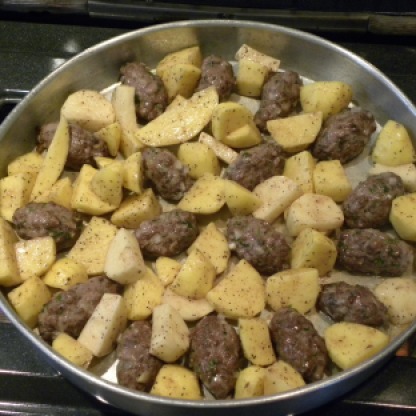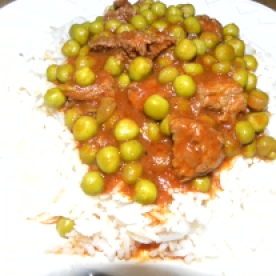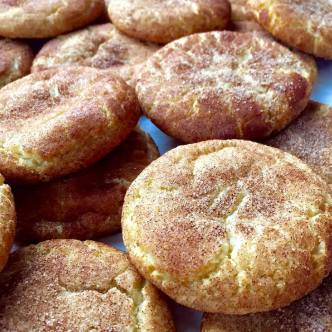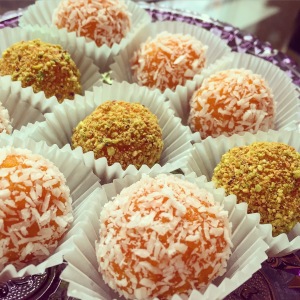It’s my belief that almost everybody has one or two (or ten, if I’m being really honest here!) types of candy that evoke some major memories from childhood. It’s not necessarily the candy you loved eating the most, but the candy that you associated with the people you loved the most.
For instance, one of my favorite uncles, one of my father’s brothers, always had these super minty blue candies in his candy dish. A quick search leads me to believe that those little candies were the Brach’s Ice Blue Mint Coolers, and I LOVED them. I’m not sure I loved them because they reminded me of my uncle or because peppermint has always been one of my favorite flavors. Heck, for all I know, it’s those candies that helped developed my flavor palate. One thing is for certain though, whenever I see these candies somewhere I am instantly transported back into his quirky little home amongst my loving family.
My grandmother used to keep these gorgeous individually wrapped chocolates inside a wooden candy bowl that was hidden inside one of her crowded cupboards. She’d bring them out on two occasions: to surprise me or whenever I asked for one (which was often). I have been searching for these chocolates for years, and I still have no idea where she got them. They were wrapped in blue and purple and red and orange crinkly metallic wrappers (if memory still serves me correctly) and the chocolate inside was subtle and never too sweet. They weren’t like the Hershey’s bars I grew up eating. They were made with what seemed like less sugar and tasted slightly sweet but mostly bitter from the subtle cocoa flavor. Some were shaped like triangles, others like rectangles with chopped nuts inside. The texture was almost crumbly, but that could’ve been from how long they were sitting around. I’m not gonna lie, I kind of love old chocolate that has gotten a little powdery over time. And I’m sure those chocolates are the exact reason why I love a slightly strange variation on chocolate.
Now, my mother always had sesame candy in our home. If I think about it, a lot of my family members had sesame candy on hand. It is a pretty neutral candy. It’s not the almighty chocolate, but, let’s face it, it’s not a peppermint candy either. Let’s say it falls somewhere in the middle of our candy spectrum. I’ve always loved the way it tastes, but it was never my go-to candy (please note that this fact has, literally, never stopped me from eating it when I see it around). My mama used to buy a big bag of individually wrapped rectangular pieces of sesame candy, which can prove dangerous. If they’re just sitting in a bowl nearby, it’s super easy to just keep unwrapping piece after piece and mindlessly popping them into your mouth like pistachios. They hold for me great memories of my past, and even my recent past. And the thing I appreciate most about sesame candy, the thing that is the most comforting to me, is that it’s always around. When I see it in someone’s home or at the grocery store or a specialty store, it reminds of a simpler time. It reminds me of summers with my family. Of laughter, Of hugs. Of what childhood might have been like for my parents growing up in Ramallah. And for those reasons, I wanted to try to hand make my own candies to share with others.
For a candy with only a few ingredients, sesame candy has a really rich, complex flavor. Toasted sesame seeds have a deep, nutty flavor that is a genuinely pleasant. You can make these candies with honey vs. sugar, and I recommend it highly. I chose to stick with sugar and water for this recipe because my attempt at using honey was a bust (THIS TIME!). I’ll revisit the recipe with honey at a later time and will share if all goes well.
This recipe is adapted from the Sahtein cookbook and worked remarkably well. My only hangup was in cutting the pieces without a) repeatedly burning myself b) making them into pleasant-looking shapes. I’ll get that down the next time around, but, rest assured, they taste great! A thermometer is required for this recipe, preferably a candy thermometer or at least a digital one. Have fun making them and please tag #yallasweets on Instagram if you give the recipe a try!
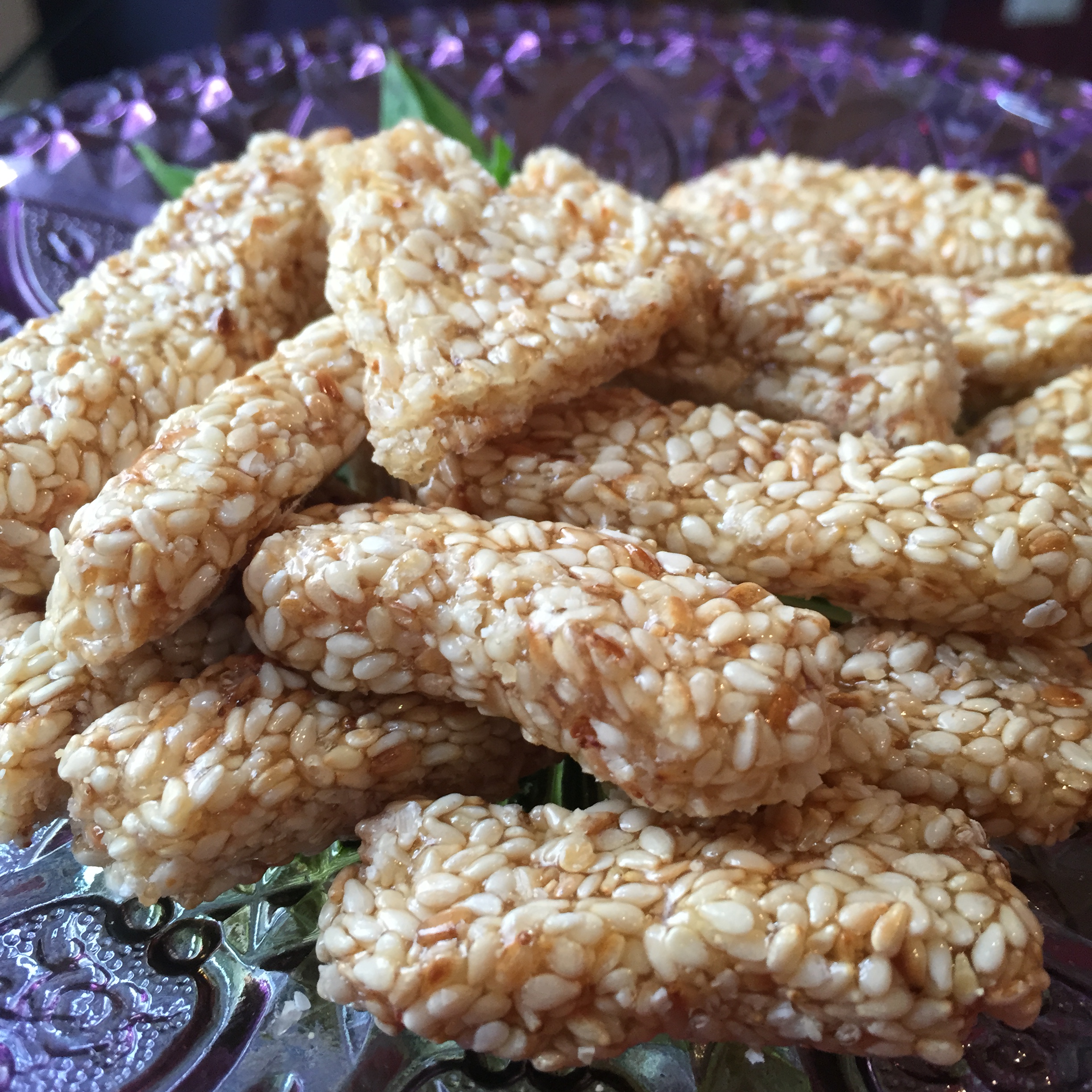
Sesame Candy
Ingredients
2 cups pure cane sugar
1 cup water
2 1/2 cups sesame seeds
1 1/2 tsp. vanilla
1 1/2 – 2 tbsp. lemon juice
Directions
Toast the sesame seeds via one of two methods:
1. You can pour the sesame seeds on to a small, ungreased baking sheet and place them in the center rack of your oven to toast for 8-10 minutes at 350°F. Check on them often to avoid burning. Every oven is different, so be mindful of the time.
OR
2. Place the sesame seeds in a large pan and toast on the stove over a medium heat, stirring occasionally to make sure the seeds toast evenly. Do this for 3-5 minutes, and, again, be mindful of the time to avoid burning.
You want your seeds to turn a light brown color.
Once that’s done, set the sesame seeds aside.
Combine the water and sugar together and bring to a boil. Once it’s reached boiling point, add in your lemon juice.
Continue to cook, stirring the mixture consistently, until the syrup reaches a “hard crack stage” which means your syrup needs to reach 300° F. (Use your thermometer for this and be careful! This syrup is HOT!) If access to a thermometer isn’t possible, another way to test the syrup’s readiness is to place a drop of syrup into a clear cup of iced water. If the syrup drop hardens immediately inside the iced water, it’s ready.
Using a towel, remove the syrup off the heat.
Stir in your sesame seeds (do this quickly, but do it in 1/2 cup intervals) and after you’ve added about half your sesame seeds, add in the vanilla.
Pour the mixture on to a greased baking sheet (use a neutral oil like vegetable) to about 1/4 inch thickness. My strong suggestion is to place a towel under the baking sheet and use a greased spatula to spread and oven mitts/gloves to cut the mixture. You need to work while the mixture is still relatively hot, so be careful and work fast. You can use a sharp knife or a pizza cutter to cut the candy into squares, rectangles, diamonds, etc.
Remove the pieces from the baking sheet before they harden completely and place them onto a large plate or non-stick surface to let them cool. Don’t use parchment or wax paper!! Once completely cooled, you can store the candy in Tupperware or even a Ziploc bag. The candy will keep for quite awhile as long as it’s kept in a cool place (you can even freeze them!).
Note: If the mixture hardens while you’re still working, you can place the baking sheet into a slightly warm oven (around 175-185°F) for just a minute or two. This helps melt the mixture enough to continue cutting without too much added heat.
Sahtein!




